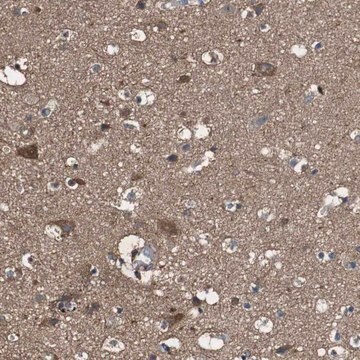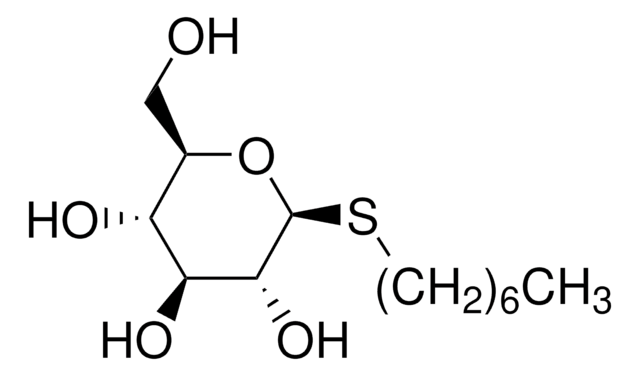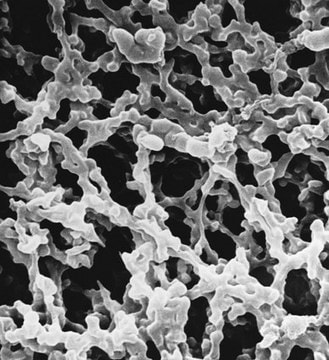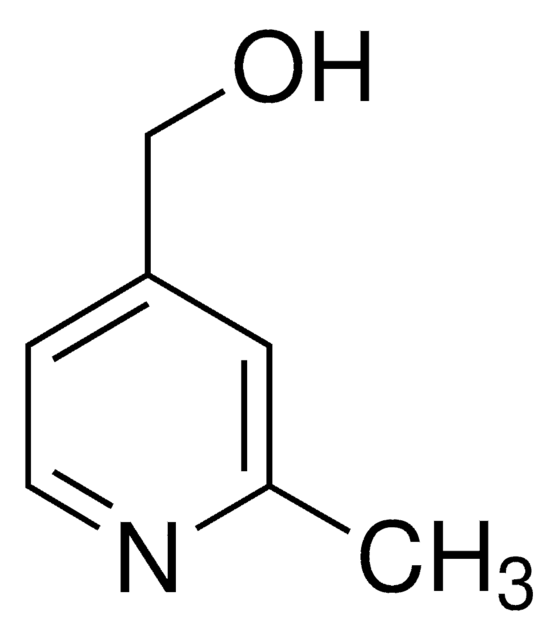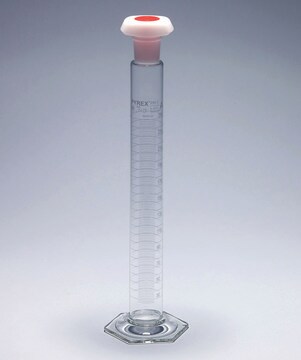Opis ogólny
Fosfataza tyrozynowo-białkowa typu receptorowego S (UniProt: Q13332; EC: 3.1.3.48, R-PTP-S, Receptor-type tyrosine-protein phosphatase sigma, R-PTP-sigma) jest kodowana przez gen PTPRS (Gene ID: 5802) u człowieka. R-PTP-S jest jednoprzebiegowym białkiem błonowym typu I należącym do rodziny fosfataz białkowo-tyrozynowych. Opisano siedem izoform R-PTP-S, które są wytwarzane przez alternatywny splicing. R-PTP-S jest wykrywana we wszystkich tkankach z wyjątkiem osocza i wątroby. Jest również wykrywana w plazmacytoidalnych komórkach dendrytycznych krwi obwodowej. Jest syntetyzowany z peptydem sygnałowym (aa 1-29), który jest następnie odcinany. Dojrzałe białko ma domenę zewnątrzkomórkową (aa 30-1282), domenę transbłonową (aa 1283-1303) i domenę cytoplazmatyczną (aa 1304-1948). Zgłaszane jest rozszczepienie między aminokwasami 1197-1198, które oddziela domenę zewnątrzkomórkową od segmentu transbłonowego w procesie znanym jako zrzucanie ektodomeny. Proces ten jest zaangażowany w desensytyzację receptora, transdukcję sygnału i/lub lokalizację błonową. R-PTP-S służy jako receptor na powierzchni komórki, który wiąże się z glikozaminoglikanami, w tym proteoglikanami siarczanu chondroityny i proteoglikanem siarczanu heparanu. Wiązanie z proteoglikanami siarczanu chondroityny i siarczanu heparanu ma przeciwny wpływ na oligomeryzację R-PTP-S i regulację wzrostu neurytów. Przyczynia się do hamowania wzrostu neurytów i aksonów przez proteoglikany siarczanu chondroityny i odgrywa rolę w stymulowaniu wzrostu neurytów w odpowiedzi na proteoglikan siarczanu heparanu GPC2. Wykazano, że R-PTP-S jest niezbędny do prawidłowego rozwoju mózgu, zwłaszcza do rozwoju przysadki mózgowej i opuszki węchowej. Stwierdzono, że jest on szybko internalizowany, gdy komórki dendrytyczne są stymulowane ligandem TLR9 cytydyna-fosforan-guanozyna (CpG).
Specyficzność
Klon 9H3.1 wykrywa fosfatazę tyrozynowo-białkową typu receptorowego S (R-PTP-S) w komórkach ludzkich. Celuje w epitop w obrębie 96 aminokwasów od regionu wewnętrznego.
Immunogen
Rekombinowany fragment znakowany GST/His odpowiadający 96 aminokwasom z wewnętrznego regionu ludzkiej fosfatazy tyrozynowo-białkowej typu receptorowego S (R-PTP-S). Sekwencja immunogenu jest zachowana we wszystkich izoformach.
Zastosowanie
Analiza immunohistochemiczna: Rozcieńczenie 1:1,000-2,000 z reprezentatywnej partii wykryło PTPRS w wycinkach tkanek ludzkich migdałków, ludzkich płuc i ludzkiego raka szyjki macicy.
Anti-PTPRS, klon 9H3.1, nr kat. MABS1824, jest mysim przeciwciałem monoklonalnym wykrywającym fosfatazę tyrozynowo-białkową S typu receptorowego i zostało przetestowane do stosowania w immunohistochemii (parafina) i Western Blotting.
Research Category
Signaling
Jakość
Evaluated by Western Blotting in SH-SY5Y cell lysate.
Western Blotting Analysis: 0.5 µg/mL of this antibody detected PTPRS in 10 µg of SH-SY5Y cell lysate.
Opis wartości docelowych
Zaobserwowano ~220 kDa; obliczono 217,04 kDa. W niektórych lizatach można zaobserwować niescharakteryzowane pasma.
Postać fizyczna
Format: Oczyszczony
Oczyszczone mysie przeciwciało monoklonalne IgG2a w buforze zawierającym 0,1 M Tris-Glicyny (pH 7,4), 150 mM NaCl z 0,05% azydkiem sodu.
Protein G purified
Przechowywanie i stabilność
Przechowywać przez 1 rok w temperaturze 2-8°C od daty otrzymania.
Inne uwagi
Stężenie: Należy zapoznać się z arkuszem danych dla konkretnej partii.
Oświadczenie o zrzeczeniu się odpowiedzialności
Unless otherwise stated in our catalog or other company documentation accompanying the product(s), our products are intended for research use only and are not to be used for any other purpose, which includes but is not limited to, unauthorized commercial uses, in vitro diagnostic uses, ex vivo or in vivo therapeutic uses or any type of consumption or application to humans or animals.
Ta strona może zawierać tekst przetłumaczony maszynowo.

